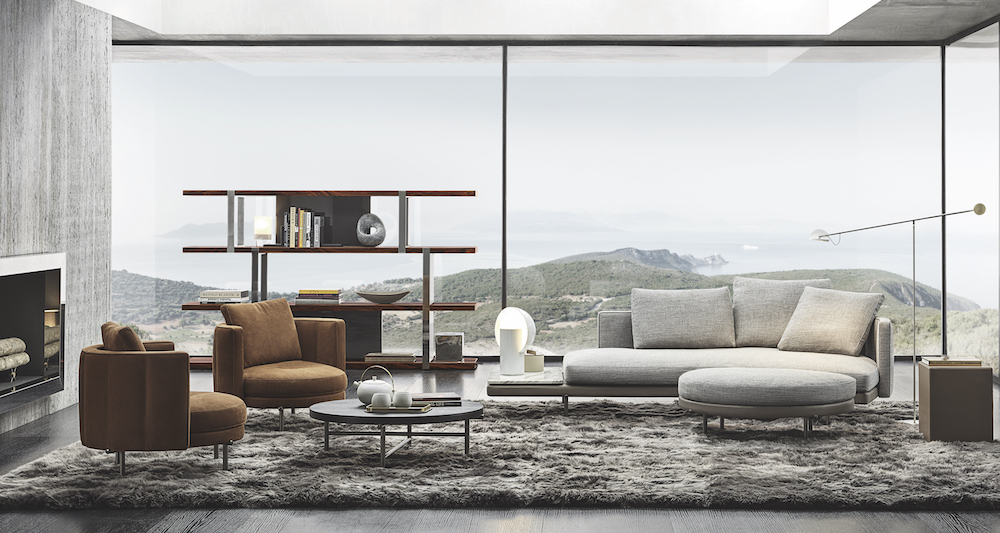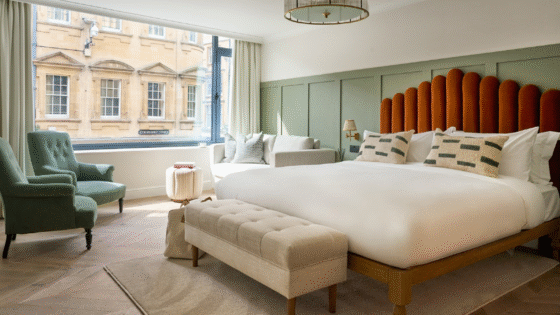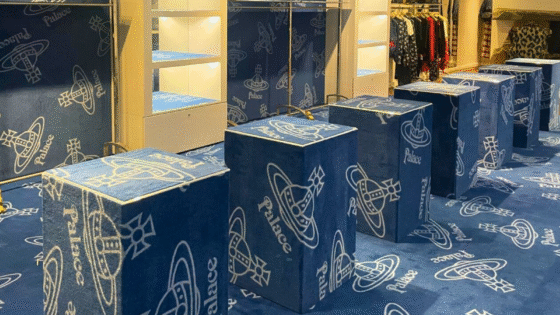Following our official ‘first look’ of the 2020 Minotti Collection – and to mark putting furniture under the editorial spotlight this month – editor Hamish Kilburn speaks to one of the designers behind the collection; Oki Sato, founder of Nendo…

Airy with constructive details linked to Japanese tradition, the Torii modular furniture, designed by Nendo for Minotti’s 2020 Collection, plays with round-edged volumes, thin profiles and the apparent formal simplicity of an extremely detailed design.
With an interlocking game, the horizontal elements within the furniture are laid on the vertical supports, ensuring a sophisticated visual lightness that accommodates the padded volume, characterised by couture craftsmanship.
The Torii family includes sofas, armchairs, dining and lounge little armchairs, ottomans, coffee tables and console tables. To understand more about these pieces within the context of the timeless collection, I spoke to the visionary behind Torii’s creation; Oki Sato, the founder of designs studio Nendo.

Image credit: The Torii range of the 2020 Minotti Collection
Hamish Kilburn: Can you describe the Torii range in three words?
Oki Sato: Traditional, lightness, and secureness.
HK: How does your design within this collection challenge conventional furniture design?
OS: Generally, furniture legs are reinforced by connecting vertical members to horizontal members. On the contrary, the leg structure resembles a “torii,” a traditional gate of a Shinto shrine, with a horizontal member sitting on the two vertical timbers.
Moreover, the ends of the horizontal member are designed to look like they are biting into the seat, reminding us of traditional “wood joinery” often seen in vernacular Japanese wooden architecture. The design goal was to maintain the visual lightness while expressing a sense of secureness with each component firmly locked together in unity.
HK: In your own words, what were the major challenges when designing these pieces?
OS: We had received a presentation from Minotti family for this project. This was our very first time to receive a presentation from the brand, despite having presented many times before. I think it was a challenge to design Nendo-like details to evolve Minotti family’s first rough concept and to exceed their expectations.
HK: Can you describe how the design evolved from initial sketches to the finished product?
OS: After we received first presentation by Minotti, the initial sketch was drawn by Minotti. It was 100 per cent Minotti design at the very first moment. And then, the essence of Nendo was gradually added to the sketch through meetings and prototypes with the Minotti family.
Minotti shared a specific image at the very beginning, which helped us to proceed prototype making faster than ever and we could devote more time to considering the details.
HK: How long did this process take?
OS: I believe this process took about nine months.
HK: Can you explain more about the material you used in the upholstery?
OS: Minotti’s high technology and extensive experience coordinated our idea to concrete shape. The brand arranged everything, including a selection of materials and the softness of the cushion.
HK: What is it about Japanese design that attracts so many luxury brands?
OS: I believe it is about light and shadow. Let’s say for Italians, when one says red, Italian designers can see a lot of different reds. They have hundreds of colours of reds, but not just red.
On the other hand, I think the Japanese perceive more tones of light and shadow. I guess light and shadows are about minimalism, poetry which is one of the values of Japanese design.
Minotti London, which is exclusive style partner at MEET UP London, is one of our recommended suppliers. To keep up to date with their news, click here. And, if you are interested in becoming one of our recommended suppliers, please email Katy Phillips by clicking here.
Main image credit: Minotti




